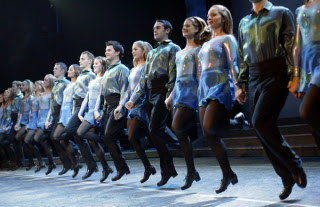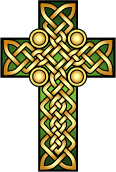Happy St. Patrick's Day!
Ireland Slide Show-Photos by my Brother
O'Keltic-Ghost in The Hills (Wesminster Pipe Band)-Wild Cats of Kilkenny-Dropkick Murphys-Worker's Song
What Shall I Say About the Irish?
The utterly impractical, never predictable,
Sometimes irascible, quite inexplicable, Irish. Strange blend of shyness,
pride and conceit,
And stubborn refusal to bow in defeat.
He's spoiling and ready to argue and fight,
Yet the smile of a child
fills his soul with delight.
His eyes are the quickest to well up with tears,
Yet his strength is the strongest
to banish your fears.
His hate is as fierce as his devotion is grand,
And there is no middle ground
on which he will stand.
He's wild and he's gentle,
he's good and he's bad.
He's proud and he's humble,
he's happy and sad.
He's in love with the ocean,
the earth and the skies,
He's enamoured with beauty wherever it lies.
He's victor and victim, a star and a clod,
But mostly he's Irish—
in love with his God.
An Irish saying. Video Photos of Ireland are Mine
HAPPY ST. PATRICK' S DAY!

Traditional Irish Stepdancers
Video created by Me



















































































